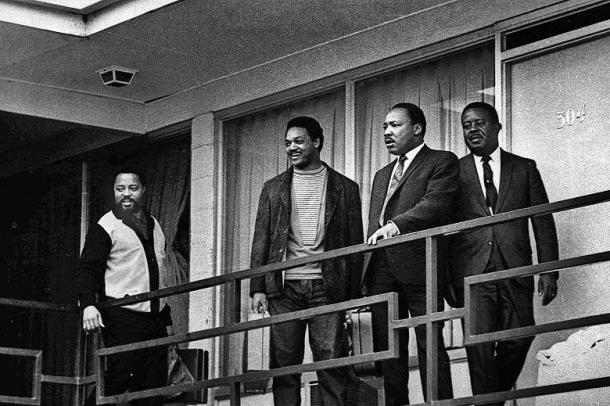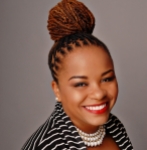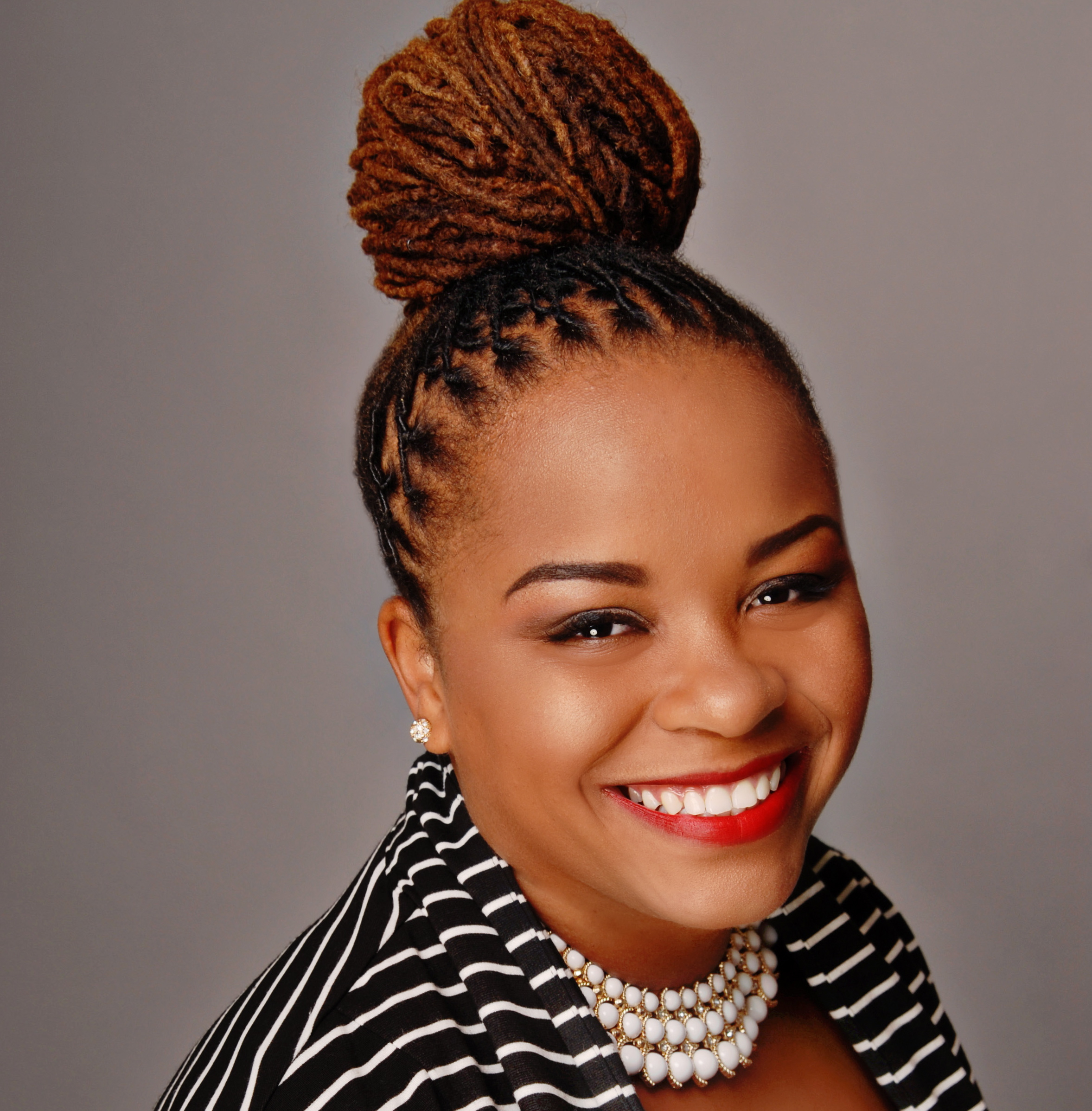Originally published in HBCU Digest magazine, June 2014.
It is virtually impossible to think about the culture of Historically Black Colleges and Universities (HBCUs) without thinking about the place of Black Greek Lettered Organizations (BGLOs) on many, if not most, of their campuses. Dubbed the “Divine Nine,” after the nine-member National Pan-Hellenic Council, Incorporated (NPHC), which is composed of Alpha Kappa Alpha Sorority (AKA), Inc., Alpha Phi Alpha Fraternity, Inc. (AΦA), Delta Sigma Theta Sorority, Inc. (ΔΣΘ), Iota Phi Theta Fraternity, Inc. (ΙΦΘ), Kappa Alpha Psi Fraternity, Inc. (KAΨ), Omega Psi Phi Fraternity, Inc. (ΩΨΦ), Phi Beta Sigma Fraternity, Inc. (ΦBΣ), Sigma Gamma Rho Sorority, Inc. (ΣΓΡ), and Zeta Phi Beta Sorority, Inc. (ZΦB), BGLOs are among the nation’s oldest and most distinguished black service organization. Amid their ranks, are many of the nation’s most powerful historic and contemporary African American leaders, thinkers, professionals, politicians, and entrepreneurs. For more than a century, these figures helped to secure the place of BGLOs among Black America’s most powerful social, cultural and political institutions.

Unsurprisingly, BGLOs share similar histories as well as similar missions with the nation’s 105 HBCUs. HBCUs, from their foundings before the Civil War, in its shadow Reconstruction, through to the modern Civil Rights Movement served as the principal higher education centers for generations of African Americans and as the alma maters generations of BGLO members. Scores of HBCU administrators, faculty, staff, students and alumni, many of them BGLO members, helped to make the modern Civil Rights Movement possible, forcing the desegregation the American nation and of its centers of higher education. Ironically, it is this success that now threatens the existence HBCUs, which are constantly assailed with questions of relevance and challenges to their existence. The same is true for BGLOs, whose fate and future, like HBCUs, hangs in the balance.
For several BGLOs, their ties to HBCUs stretch back to their founding. Six of the nine NPHC member organizations–AKA, ΩΨΦ, ΔΣΘ, ΦBΣ and ZΦB (at Howard University) and ΙΦΘ (at Morgan State University)–were founded on HBCU campuses. Because their founders were HBCU students, faculty and/or alumni, the organizational, mission, vision, and culture was undoubtedly shaped by their black college environs. Through the founding of subsequent chapters on HBCU campuses across the South, the Divine Nine’s membership grew in numbers, so did their influence.

By the mid-twentieth century, more than a decade before Iota Phi Theta was founded, the ranks of BLGO and HBCU products included Howard University alumna Zora Neale Hurston, a folklorist, anthropologist and author who was among the earliest initiates of ZΦB at her alma mater. A honorary member of ΔΣΘ, Mary McLeod Bethune, an alumna of the now-defunct Barber-Scotia College, founded Bethune-Cookman University and the National Council of Negro Women. Initiated into Delta while she was a student at Howard, sculptor and printmaker Elizabeth Catlett’s career, best-known works depict black women as strong, maternal figures, spanned seventy years. Hailed as the mother of the modern Civil Rights Movement, honorary AKA Rosa Parks had attended Alabama State University, before her mother’s illness forced her to withdraw.

Busy training pilots for the all-black Pursuit Squadron during World War II, Tuskegee University alumnus Daniel “Chappie” James, Jr., who became first African American to reach the rank of four star general in the United States military in 1975, was a member of KAΨ, as was historian and social scientist Horace Mann Bond, who had served as president of his alma mater Lincoln University of Pennsylvania and Fort Valley State University during the 1940s. A pioneering African-American biologist and alumnus of South Carolina State University, Ernest Everett Just guided three Howard students’ efforts to found ΩΨΦ. Other notable Omega men included poet laureate and Lincoln University of Pennsylvania alumnus Langston Hughes, poet Sterling Brown, as well as James Nabrit, Jr., champion of many cases for the NAACP Legal Defense and Educational Fund during the 1940s and future Howard president.
Concurrently, author of the “Negro National Anthem,” lawyer, diplomat, and diplomat James Weldon Johnson was an alumnus of Clark Atlanta University and member of ΦBΣ, as was renown scientist and Tuskegee professor George Washington Carver and Lincoln University of Pennsylvania alumnus Kwame Nkrumah, who led the Gold Coast to independence as the new nation of Ghana. AΦA calls pioneering historian, sociologist, Pan-Africanist, and Fisk University alumnus W.E.B. Du Bois, the first African American to be awarded a Ph.D. from Harvard University its own as well as Lincoln University of Pennsylvania alumnus Thurgood Marshall, who became the nation’s first black Supreme Court Justice in 1967.
Throughout the era of the modern Civil Rights Movement, the BGLO-HBCU connection remained strong. No where is this clearer that in a photo of the Lorraine Motel, taken just one-day before the assassination of the Rev. Dr. Martin Luther King, Jr. on its balcony. The now-iconic photo features Dr. King, Morehouse College alumnus and member of AΦA, and three of his most-trusted aides, Hosea Williams, alumnus of the now-defunct Morris Brown College and member of ΦBΣ, the Rev. Jesse Jackson, Sr., alumnus of North Carolina A&T State University and member of ΩΨΦ, and the Rev. Ralph David Abernathy, alumnus of Alabama State and Clark Atlanta universities, and member of KAΨ. It’s an image, many would argue, that represents a golden era in black college history and in the life of BGLOs–an era, they say, that isn’t coming back.

This much is probably true, but it doesn’t mean that HBCUs or BGLOs have lost their utility. Many of the most successful HBCU presidents during the last quarter-century have been BGLO members. They include the legendary Florida A&M and Tennessee State universities President Emeritus Frederick S. Humphries, a chemist and alumnus of Florida A&M, who was inducted into AΦA’s Beta Nu chapter. As president of Tennessee State University (TSU) from 1974 to 1985, Humphries led the successful merger of the University of Tennessee at Nashville (a Traditional White Institution) and TSU in the landmark case of Geier v. Tennessee. During his almost 17-year presidential tenure at Florida A&M, Humphries oversaw the institution’s improved academic reputation and its selection as the first TIME Magazine/Princeton Review “College of the Year” in 1997.
Hailed as the “Sister President,” anthropologist Johnnetta Betsch Cole entered Fisk at just 15 years old, where she was exposed to important black intellectual discourse through contact with figures such as poet and Fisk librarian Arna Bontemps, a member of ΩΨΦ. Following the death of her father, Cole transferred to Oberlin College in Ohio to be closer to her older sister. Since Oberlin didn’t have one, at her mother’s behest, Cole ventured off-campus to join a black sorority. “There was no need to ask my mother which sorority I should join,” later recalled Cole in her book Conversations: Straight Talk with America’s Sister President. “It was clear it would be hers: Delta Sigma Theta.” As the first black woman president of Spelman College, Cole secured a $20 million gift from Bill and Camille Cosby to the college, which remains the largest single gift from individuals to any HBCU to date. Similarly, the college completed a capital campaign which raised $113.8 million during her tenure, the largest sum ever raised by a HBCU. Her decade-long headship was followed by serving as the president of Bennett College for Women from 2002 to 2007, during which time she oversaw a $50 million capital campaign and the the founding of the Johnnetta B. Cole Global Diversity and Inclusion Institute.
Among the ranks of current BLGO-member HBCU presidents are Xavier University of Louisiana President Norman C. Francis, who is believed to be the longest-serving university president in the country and is a member of Alpha Phi Alpha. His fraternity brother Walter M. Kimbrough, former president of Philander Smith College and current president of Dillard University is an expert of BGLO expert gifts new initiates bearing the number two, which he chides is “he most important number for any line,” with their respective BGLO sweater. Other BGLO-member HBCU presidents include Paul Quinn College President Michael Sorrell, a member of KAΨ, Tennessee State University President Glenda Baskin Glover, a member of AKA, Florida A&M President Elmira Mangum, a member of ZΦB, and Alabama State University President Gwendolyn E. Boyd, a member of ΔΣΘ, for which she served as 22nd national president.
Despite the availability of many positive role models, the current generation of HBCU-student, BGLO members must make the choice to emulate them and become the very best of HBCU and BGLO culture to survive and thrive for another century. Beyond the persistence of hazing, which is by far the most damning reality threatening the future BGLOs at HBCUs and beyond, HBCU-student, BGLO members must take active responsibility for being their respective institution’s story. Just as the ties that bind their pasts are real, so too is the interdependence of our futures.
 Dr. Crystal A. deGregory is an alumna of Fisk University. She received master’s and doctoral degrees in history from Vanderbilt University, and holds a Master of Education Degree in curriculum and instruction from Tennessee State University. An advocate for Historically Black Colleges and Universities (HBCUs), in addition to serving as the founder and executive editor of HBCUSTORY, Inc., she is the convenor of the HBCUSTORY Symposium. Follow her on twitter at @HBCUstorian.
Dr. Crystal A. deGregory is an alumna of Fisk University. She received master’s and doctoral degrees in history from Vanderbilt University, and holds a Master of Education Degree in curriculum and instruction from Tennessee State University. An advocate for Historically Black Colleges and Universities (HBCUs), in addition to serving as the founder and executive editor of HBCUSTORY, Inc., she is the convenor of the HBCUSTORY Symposium. Follow her on twitter at @HBCUstorian.














